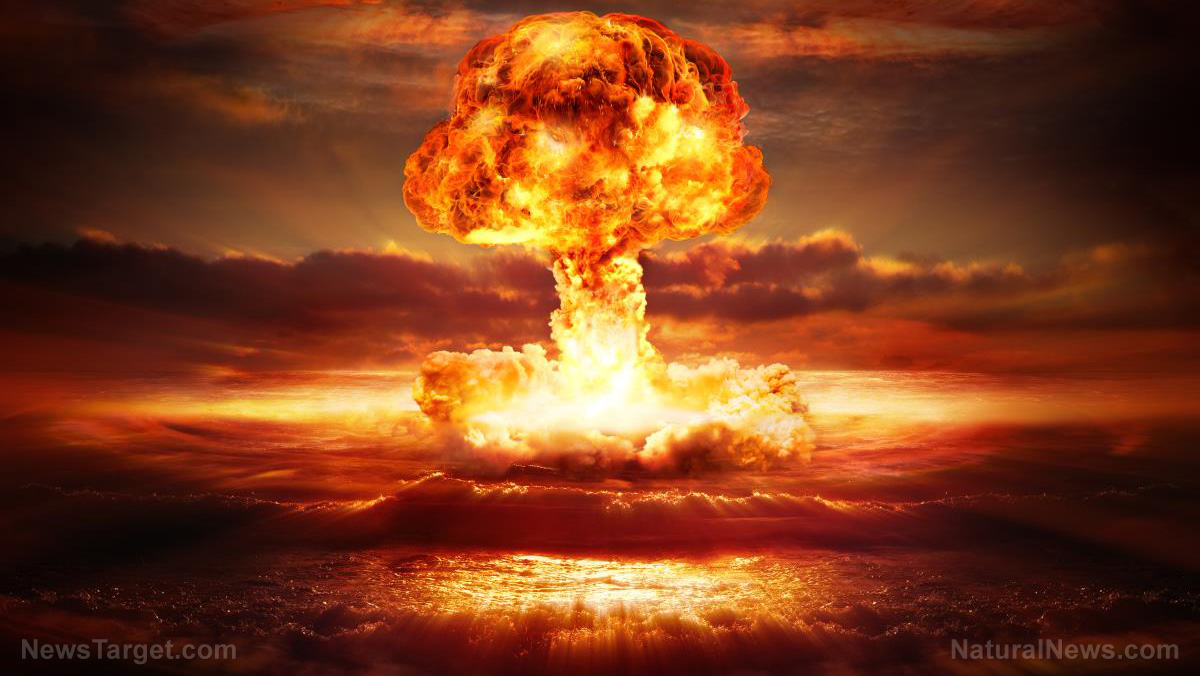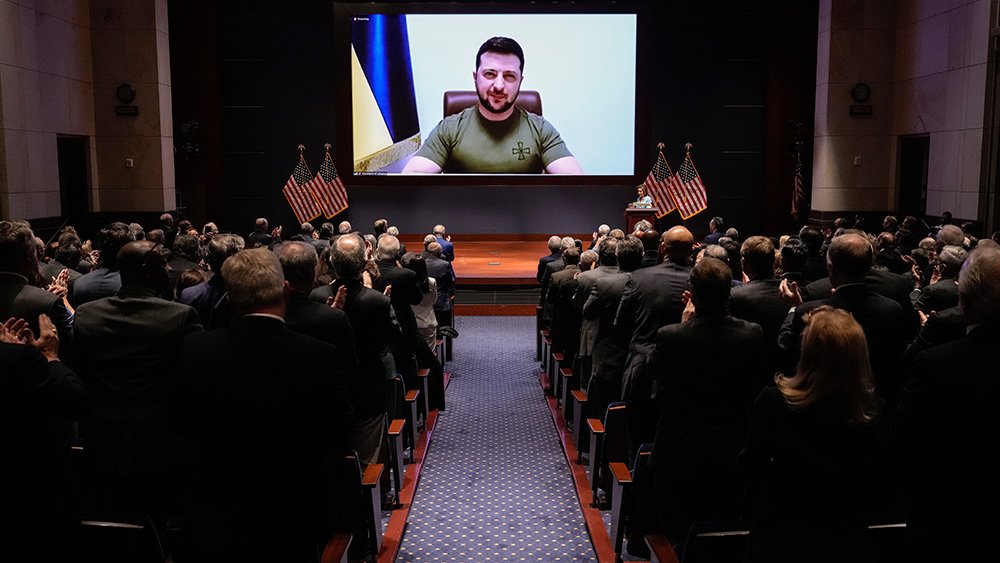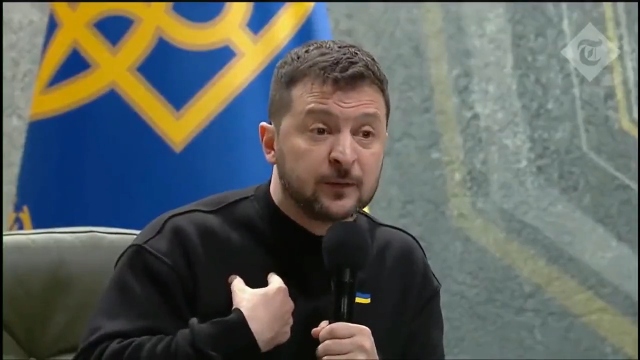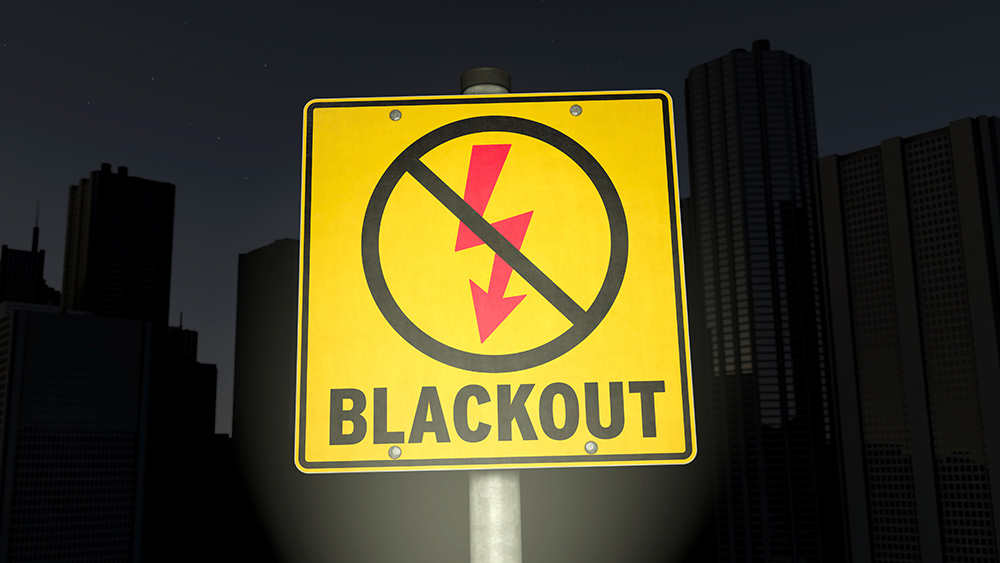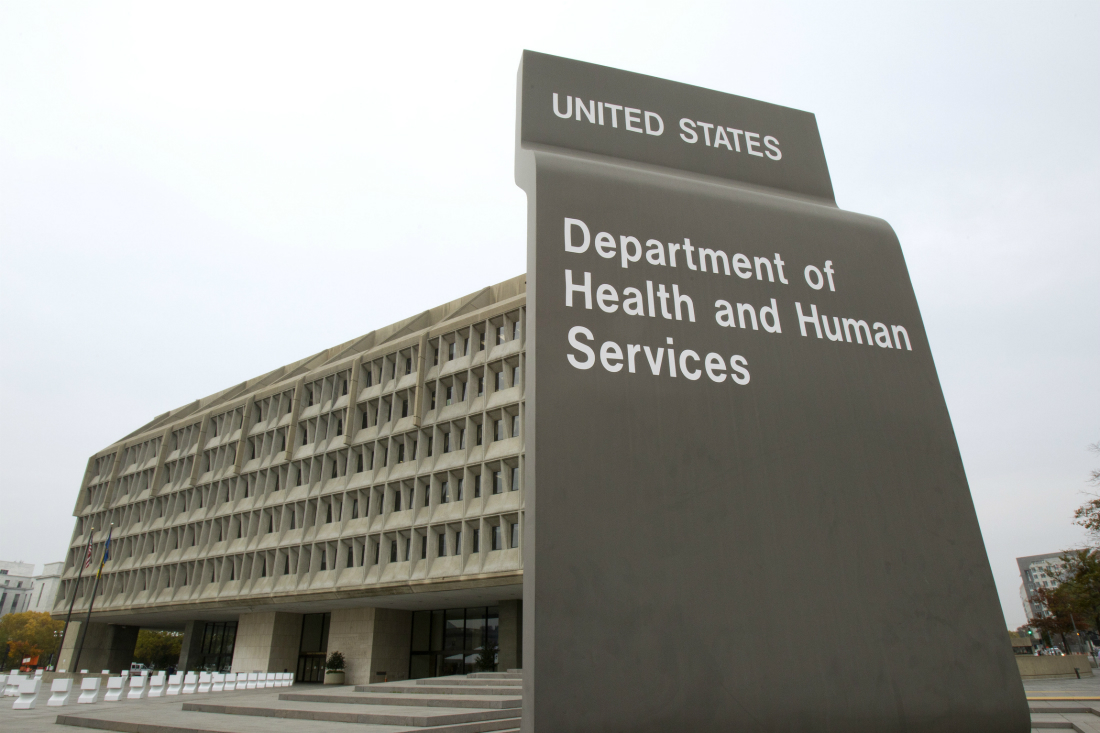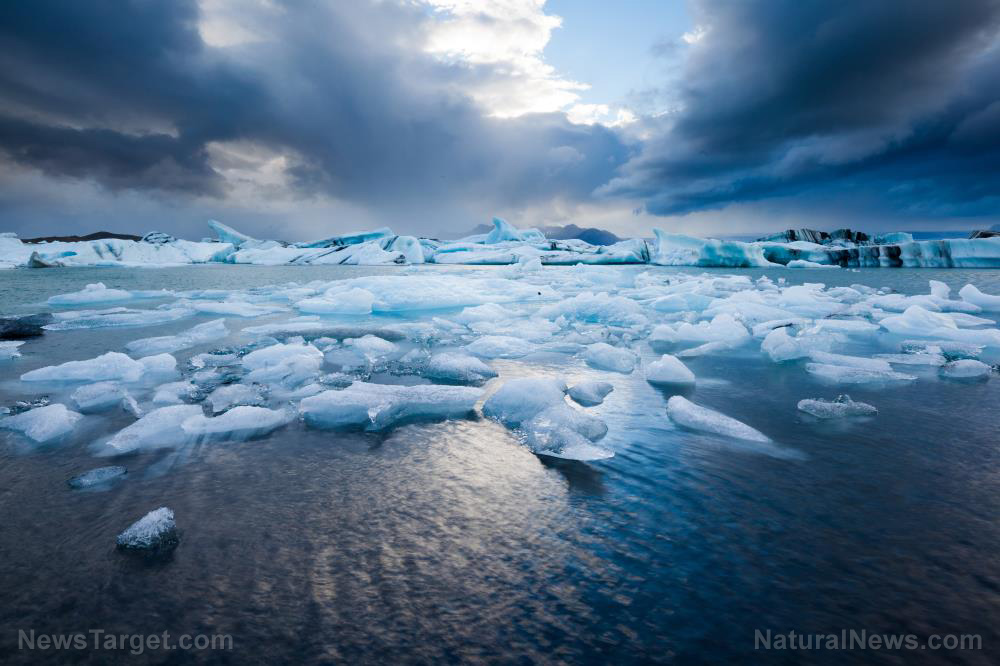"Nuclear War: A Scenario" by Annie Jacobsen provides a dark picture of what would happen if a bomb detonated over D.C.
- Annie Jacobsen's book, "Nuclear War: A Scenario," describes the catastrophic impact of a one-megaton thermonuclear bomb detonated over Washington, D.C., including the immediate destruction of the Pentagon and surrounding landmarks.
- Jacobsen's research details the long-term environmental and societal collapse following a nuclear exchange, including the concept of nuclear winter, a period of extreme cold and darkness caused by soot and debris blocking sunlight, which would devastate global agriculture and temperatures.
- The book delves into the historical context of U.S. government preparations for nuclear war, including the development of protocols for maintaining governmental continuity and the top-secret Single Integrated Operational Plan (SIOP).
- Jacobsen explores the initial chaos following the detonation, including the firestorm that would destroy entire neighborhoods, and the concept of "Dead When Found," highlighting the grim reality that survivors would succumb to radiation poisoning or burns within hours or days.
- The book serves as a haunting reminder of the dangers of nuclear weapons and the urgent need for disarmament, challenging readers to consider the importance of diplomacy and the fragility of global peace.
In a world still grappling with the specter of nuclear proliferation, author Annie Jacobsen has written a chilling yet enlightening account of the devastating consequences of nuclear war. Her book, "
Nuclear War: A Scenario," offers a deeply researched, step-by-step exploration of what would happen if a nuclear weapon were detonated over Washington, D.C.
The book, which draws on exclusive interviews with nuclear weapons experts, former defense officials and emergency management specialists, is both a terrifying warning and a call to action. Jacobsen’s work not only details the immediate destruction such an event would unleash but also delves into the long-term environmental and societal consequences, providing a grim reminder of the fragility of global peace.
Jacobsen begins her book with a stark prologue titled "Hell on Earth," focusing on the detonation of a one-megaton thermonuclear bomb over Washington, D.C. The explosion, she writes, would obliterate the Pentagon – home to over 27,000 employees – and reduce the nation's capital to ash.
The fireball generated by the blast would reach temperatures four or five times hotter than the center of the sun, incinerating everything within its radius.
The Pentagon itself, all 6.5 million square feet of office space within it, would be vaporized in an instant. Nearby iconic landmarks, like the Arlington National Cemetery and the Lincoln and Jefferson memorials, would suffer the same fate, leaving behind only memories of a bygone era.
To understand the scenario laid out in Jacobsen’s book, it is essential to examine the historical context. As early as the 1950s, the United States government began preparing for the possibility of nuclear war. The Pentagon, aware of its status as a prime target, developed protocols to maintain governmental continuity in the event of a catastrophic attack. However, Jacobsen reveals that the plans for General Nuclear War remain among the most classified secrets of the U.S. government.
"The world could end in the next couple of hours," warns Gen. Robert Kehler, former commander of the U.S. Strategic Command, in one of the book's most unsettling interviews.
In the book's second part, Jacobsen describes the chaos that would ensue in the minutes following a nuclear detonation. A one-megaton bomb would not only destroy iconic landmarks but also trigger a firestorm capable of destroying entire neighborhoods. Jacobsen details the concept of “Dead When Found,” a term used by civil defense experts to describe the immediate and impending deaths of those caught in the blast. While some might survive the initial explosion, they would succumb to radiation poisoning or burns within hours or days.
Jacobsen’s book does not stop at the initial strike. Part Three, "The Next 24 Minutes," examines the U.S. response to the attack, revealing the existence of the Single Integrated Operational Plan (SIOP), a top-secret strategy for launching a preemptive nuclear strike against the Soviet Union. Had this plan been executed during the Cold War, it would have resulted in the deaths of over half a billion people in a matter of hours. Interviews with military officials and defense scientists highlight the grim realities of nuclear warfare, including the terrifying math behind these plans and the inevitable fallout that would follow.
The book's final sections paint an even more bleak picture of the long-term consequences of a nuclear exchange. In Part Four, "The Next (and Final) 24 Minutes," Jacobsen explores the concept of "Launch on Warning," a policy that allows the U.S. to respond to an impending attack with its own nuclear strike. This strategy, while intended to deter aggression, risks escalating a conflict into a global catastrophe.
Part Five, "The Next 24 Months and Beyond," delves into the environmental and societal collapse that would follow a nuclear exchange. Jacobsen describes the onset of nuclear winter, a period of extreme cold and darkness caused by soot and debris blocking sunlight. Global temperatures would plummet, agriculture would fail and the survivors would face a world entirely unlike the one they knew.
Jacobsen's "Nuclear War: A Scenario" is a haunting reminder of the dangers posed by nuclear weapons and the urgent need for disarmament. As she writes, "The survival of the human species hangs in the balance."
By examining the unthinkable consequences of a nuclear exchange, Jacobsen challenges readers to consider the fragility of global peace and the critical importance of diplomacy.
Watch this video discussing in detail Annie Jacobsen's "Nuclear War: A Scenario."
This video is from the
BrightLearn channel on Brighteon.com.
Sources include:
Brighteon.ai
Brighteon.com
